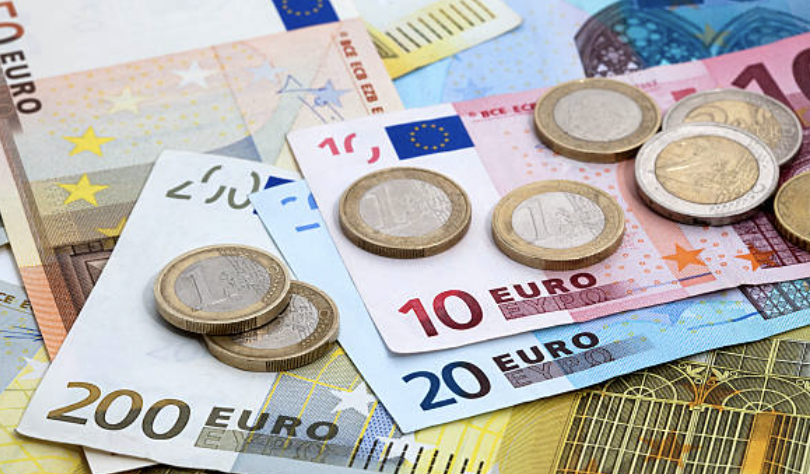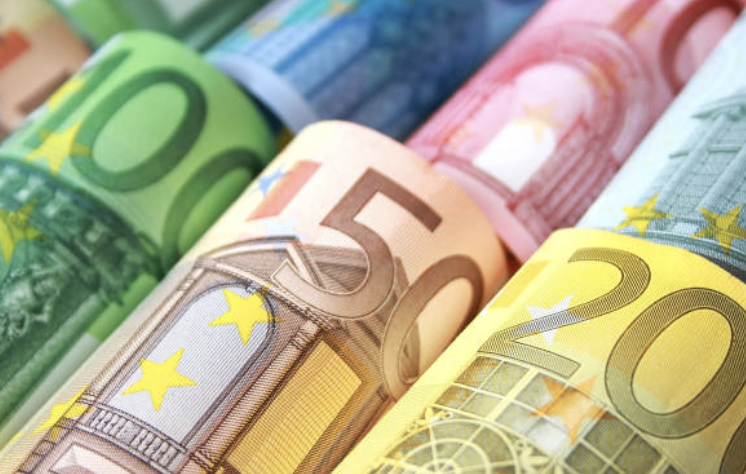
Daniel Rogers
May 07, 2022 10:05
The AUD/USD snapped a streak of five consecutive weekly losses and is currently recording gains of 0.15 percent, as Wall Street closes in the red amid a pessimistic sentiment due to central bank tightening and investors reposition their portfolios after the US central bank raised interest rates by 50 basis points for the first time in twenty years. As of this writing, the AUD/USD exchange rate is 0.7070.
Wall Street's losses ranged from 1.03 percent to 2.42 percent, bringing an end to a turbulent week characterized by three central banks tightening monetary policies as they scrambled to combat inflation as it approached their goal levels. In addition, the US Department of Labor stated that the US economy added 428K new jobs, above estimates, while the unemployment rate remained constant at 3.6 percent.
Aside from this, the US Dollar Index, a measurement of the greenback's value against a basket of six currencies, is currently up 0.11 percent to 103.658, while the US 10-year Treasury yield has touched a YTD high of approximately 3.131 percent.
The RBA and the Fed increased interest rates, but at a rate that favors the dollar.
The Reserve Bank of Australia (RBA) stunned the markets with a 25-bps rate hike at the start of the week, the first since November 2010. Market participants anticipated a 15-bps hike, leaving rates at 0.25 percent, but the central bank maintained its 25-bps plan. In addition, the RBA began reducing the stimulus by allowing its portfolio of bonds to mature and dwindle.
As traders prepared for the Federal Reserve's meeting, the AUD/USD initially moved positively, but ran into solid resistance at 0.7147.
As predicted by the majority of analysts, the Federal Reserve (Fed) increased the Federal Funds Rate (FFR) by 50 basis points to 1 percent on Wednesday and announced a quantitative tightening of $47.5 billion in the first three months, followed by a monthly ceiling of $95 billion.
At his news conference, Fed Chair Powell stated that the Fed is not actively considering rises of 75 basis points. He added that 50-bps increases will be "on the table" at the next two FOMC meetings "if we see what we anticipate to see."
The AUD/USD immediately soared over the R1 daily pivot around 0.7150, surging sharply towards the R3 pivot point around 0.7250, and recouping some of the previous week's losses upon the release of the news.
In spite of this, Wednesday's bounce in global markets was interpreted as a sign of relief that a bigger Fed rate hike, likely 75 basis points, brought by Fed's St. Louis President Bullard did not occur. On Thursday, however, market participants reversed course, selling equities, fleeing to safe-haven assets, and boosting the USD, JPY, and CHF.
Consequently, after both central banks' decisions are in the rearview mirror, the AUD/USD may decline in the near to medium term, as money market futures anticipate the FFR to be around 2 percent by the summer, in contrast to the RBA's cash rate, which is anticipated to be around 0.85 percent.


May 06, 2022 10:07

May 07, 2022 10:14